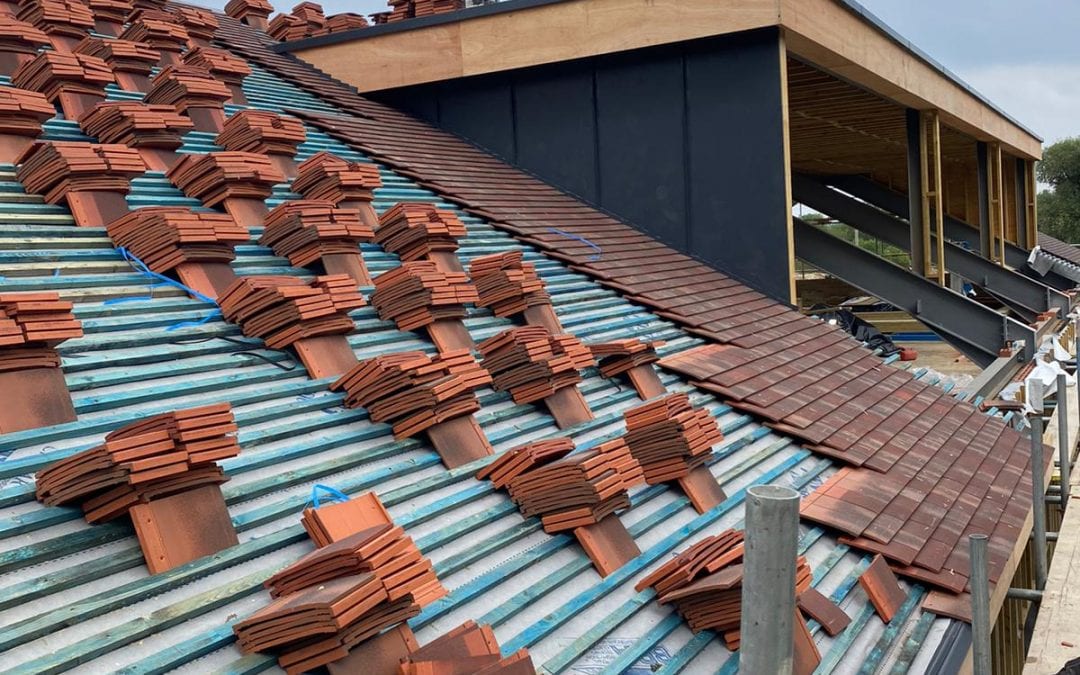A pitched roof, with its classic triangular shape, has been a staple of architectural design for centuries. It not only adds aesthetic appeal to a building but also offers practical benefits that make it a popular choice in various climates and settings. In this blog post, we’ll explore the world of pitched roofs, their advantages, types, and maintenance tips to help you understand why they might be the perfect option for your next roofing project.
Understanding Pitched Roofs
A pitched roof is characterized by two sloping sides that meet at a ridge, creating a peak or apex. The angle of the slope, or pitch, can vary significantly, affecting not only the look of the roof but also its functionality. The pitch is typically determined by the climate – steeper slopes are common in areas with heavy snowfall, as they facilitate the shedding of snow and reduce the load on the structure.
Advantages of Pitched Roofs
- Weather Resistance: Pitched roofs are excellent at repelling water, snow, and debris, thanks to their sloping nature. This reduces the likelihood of water pooling and potential damage or leaks.
- Durability: With proper maintenance, pitched roofs can last a long time. Their design allows for less wear and tear compared to flat roofs, especially in harsh weather conditions.
- Aesthetic Variety: Pitched roofs offer a range of design options, from the traditional gable roof to more complex structures like hip roofs or mansard roofs. They can be tailored to complement the architectural style of any building.
- Additional Space: The space beneath a pitched roof can be utilized for attic storage or even converted into a loft, providing additional living space without altering the building’s footprint.
Types of Pitched Roofs
- Gable Roofs: Perhaps the most common type, gable roofs have two sloping sides that come together at a ridge, forming a simple and effective roof structure.
- Hip Roofs: Hip roofs have slopes on all four sides, which come together at the top to form a ridge. They are more stable than gable roofs and offer excellent resistance to wind.
- Mansard Roofs: A mansard roof has two slopes on each side, with the lower slope being much steeper than the upper. This design allows for more living space under the roof.
- Gambrel Roofs: Similar to mansard roofs, gambrel roofs have two different slopes but are typically found on barns and farmhouses.
Maintenance Tips for Pitched Roofs
- Regular Inspections: Conduct bi-annual inspections to check for damaged or missing shingles, signs of leaks, or structural issues.
- Clean Gutters: Ensure gutters and downspouts are clear of debris to prevent water backup and potential damage to the roof and walls.
- Trim Overhanging Branches: Keep trees trimmed to avoid damage from falling branches and to reduce the accumulation of leaves on the roof.
- Address Issues Promptly: If you notice any signs of damage, address them immediately to prevent further deterioration.
In conclusion, pitched roofs are a durable, versatile, and aesthetically pleasing roofing option that can enhance the functionality and value of your property. Whether you’re building a new home or considering a roof replacement, a pitched roof could be an excellent investment in the longevity and beauty of your building. Remember to consult with a professional roofing contractor to determine the best type of pitched roof for your specific needs and to ensure it is installed correctly.

